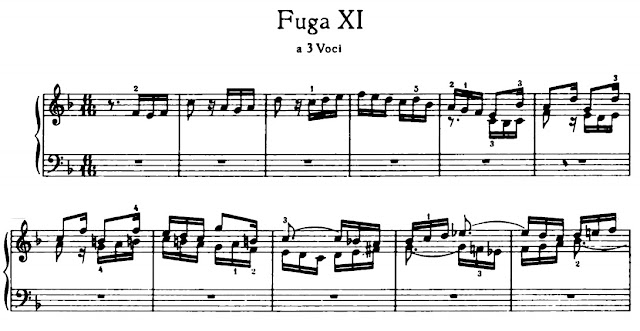 Dmitri Shostakovich wrote his first symphony to complete his studies in composition with Maximilian Steinberg at the Petrograd Conservatory Of Music (now known as St. Petersburg Conservatory Of Music). The work was written in 1925 and premiered in 1926 by the Leningrad Symphony Orchestra. Shostakovich had been quite precocious at the conservatory, and was moved ahead of some classes due to his musical gifts. He was but 19 when the symphony premiered, and his mentor Alexander Glazunov, who was the director of the conservatory, used his influence to get the symphony performed.
Dmitri Shostakovich wrote his first symphony to complete his studies in composition with Maximilian Steinberg at the Petrograd Conservatory Of Music (now known as St. Petersburg Conservatory Of Music). The work was written in 1925 and premiered in 1926 by the Leningrad Symphony Orchestra. Shostakovich had been quite precocious at the conservatory, and was moved ahead of some classes due to his musical gifts. He was but 19 when the symphony premiered, and his mentor Alexander Glazunov, who was the director of the conservatory, used his influence to get the symphony performed.The symphony was a rousing success from the first hearing, and the word spread to other countries and conductors, with Bruno Walter performing it in Europe and Leopold Stokowski in the U.S. By the time Shostakovich was 21, he was internationally known through this first symphony and was already being compared to Prokofiev and Stravinsky.
The first years after the October Revolution of 1917 saw the arts grow into an extension of the Communist State. Experiment was encouraged and rewarded, and Shostakovich was as much a product of this as any. He was born in 1906, so the Revolution was in his memory, with all the excitement and hardships that were to follow. Shostakovich was feted after the performance of the 1st Symphony, and it wasn't until a few years later that he came to lose his favored composer status to what critics (instructed by Stalin no doubt) labeled 'formalism'. What that term actually meant, no one seemed to know, but if you were involved with the arts and were labeled as a Formalist, there could be dire consequences.
I. Allegretto - Allegro non troppo - The first movement is full of turns of melody and economy of orchestration that keeps the listener's ear interested. So interesting are the sounds and uses of the orchestra that it can be difficult to realize that this movement is in traditional sonata form, but Shostakovich showed his mastery of the form as all good composers who have used it; namely that it is so well written that the form isn't obvious. Shostakovich's 1st Symphony is scored for the usual large orchestra, with the addition of many percussion instruments and the piano. The symphony opens with an introduction with trumpet and bassoon. Other instruments play off against each other with the strings leading into a theme is that derived from the opening music. It is a march that twists and turns in colorful orchestration, then leads to a gentle waltz-like second theme in the flute that is accompanied by strings pizzicato. The scoring is light, like chamber music. The opening theme reappears in a solo violin retelling. The orchestra gradually comes into full force in the development section. The first theme begins the recapitulation, followed by the waltz theme of the flute. A coda consists of restating the opening theme, and the movement ends very quietly.
II. Allegro - Meno mosso - The movement begins with the cellos and contra basses playing the same notes, but the cellos play a few different note values in addition to the eighth notes in the contra basses. This leads to the cellos finishing the motive ahead of the contra basses. The main theme that follows is played by clarinet over a pizzicato accompaniment. The strings take up the theme with the piano. The second theme is more tranquil, but with added background of occasional snare drum. The first theme reappears in the bassoon before the piano enters with a long run and its version of the theme. The second theme returns in a more boisterous version that ends with heavy chords from the piano, and the music slowly dies away, with a final comment from the snare drum.
III. Lento - Largo - Lento - The third movement does away with the grotesque humor of the scherzo with a solo oboe set against a string accompaniment. This theme is taken up by cello, and the brass have a crescendo that leads to a calm section that plods along in an increasing sense of gloom. The strings give a sense repose, but the snare drum quietly enters into the mood and makes a crescendo that connects the third movement to the fourth.
IV. Allegro molto - The music continues in gloomy tones until the clarinet and piano bring back more boisterousness. The movement bounces back and forth from fast to slow, serious to playful. The music is somewhat episodic, but colorful as the shifting moods lead to a tremendous crescendo in the full orchestra. This crescendo ends suddenly with the entrance of the solo timpani playing in triple fortissimo a rhythmic motive from the third movement. This is played three times, each time with a lower dynamic, until elements from the third movement return. The orchestra mulls these motives over until a trumpet signals the orchestra to begin a loud coda with fanfares and the final chords.



































